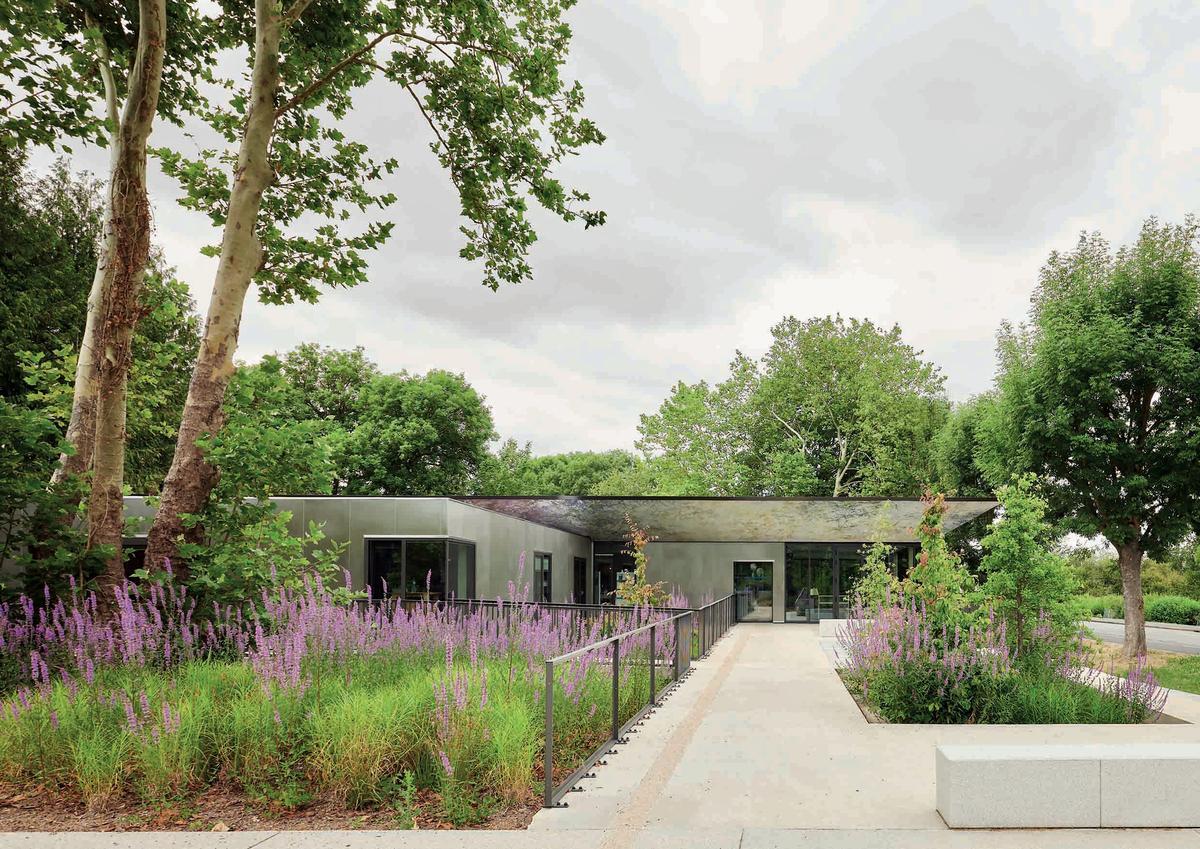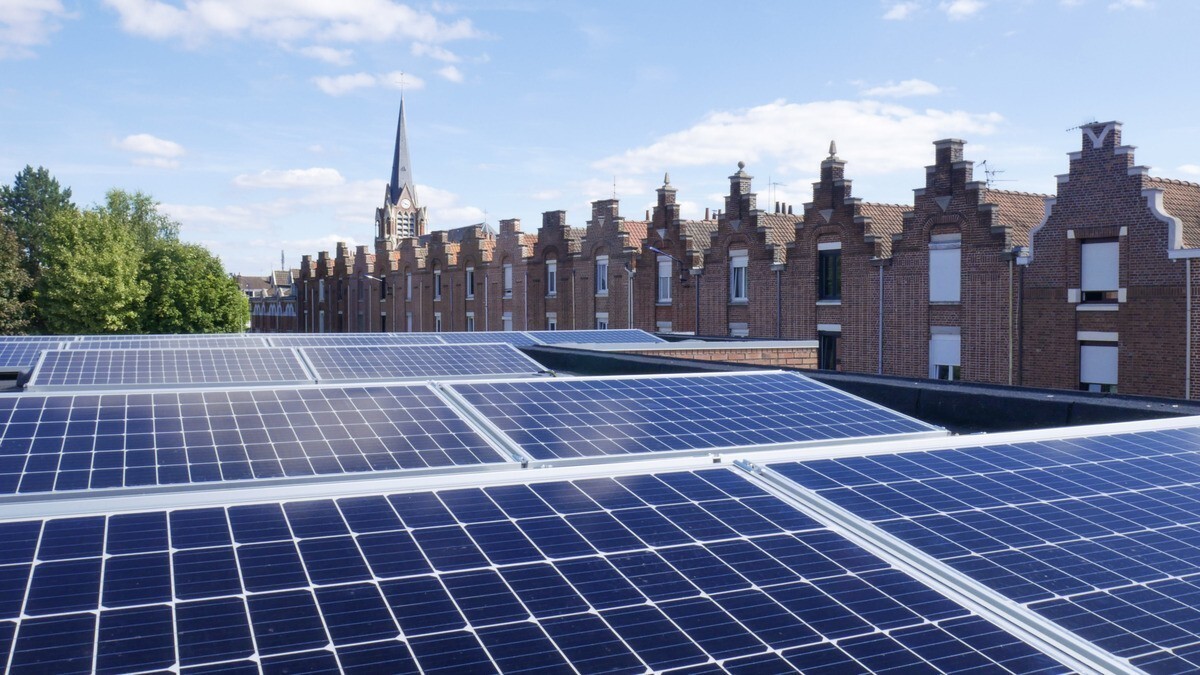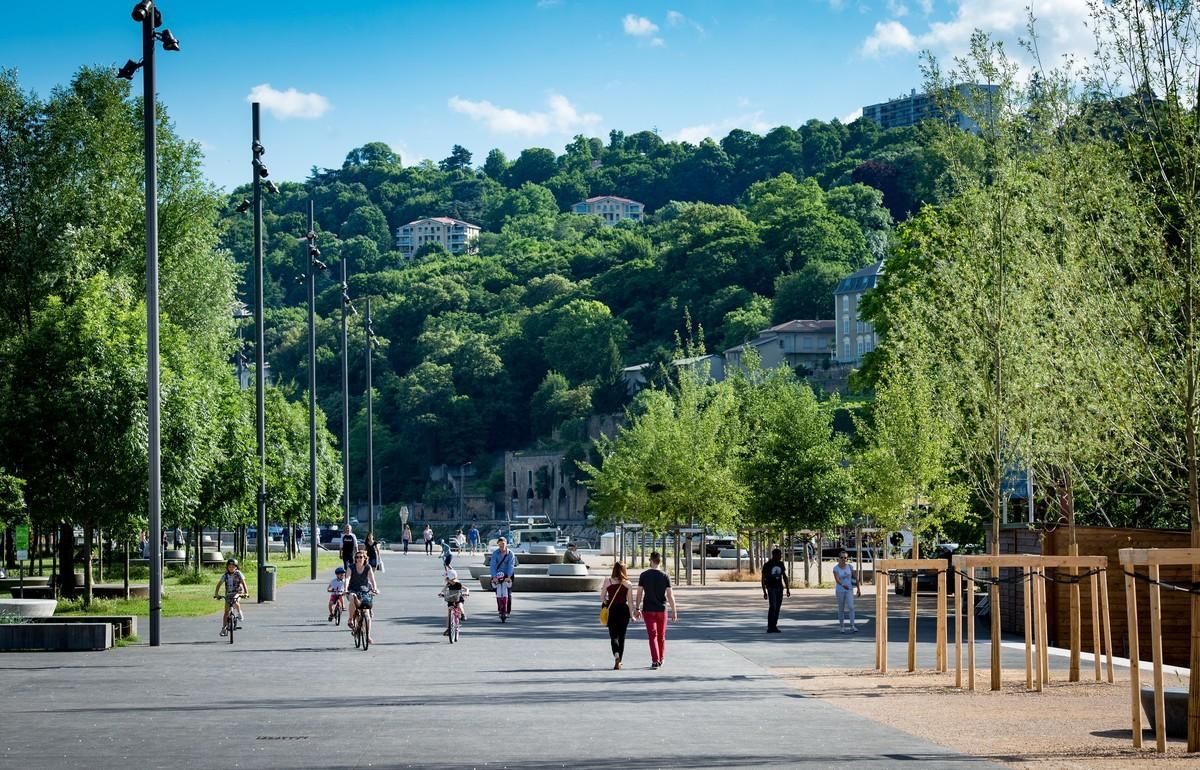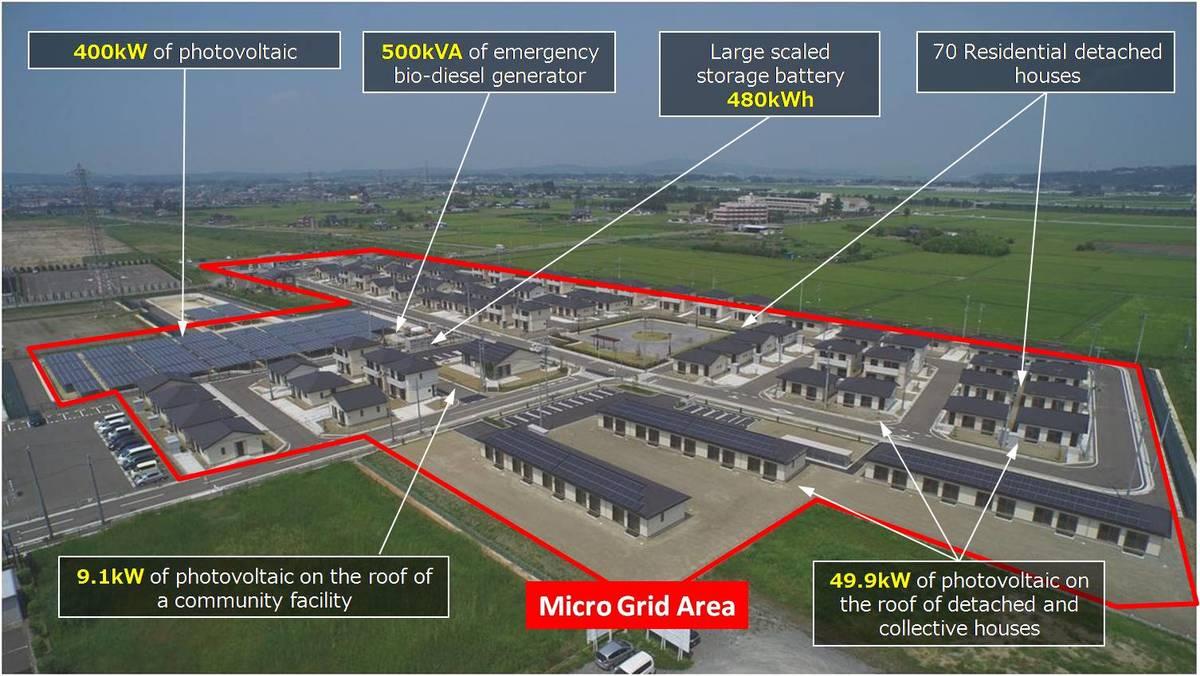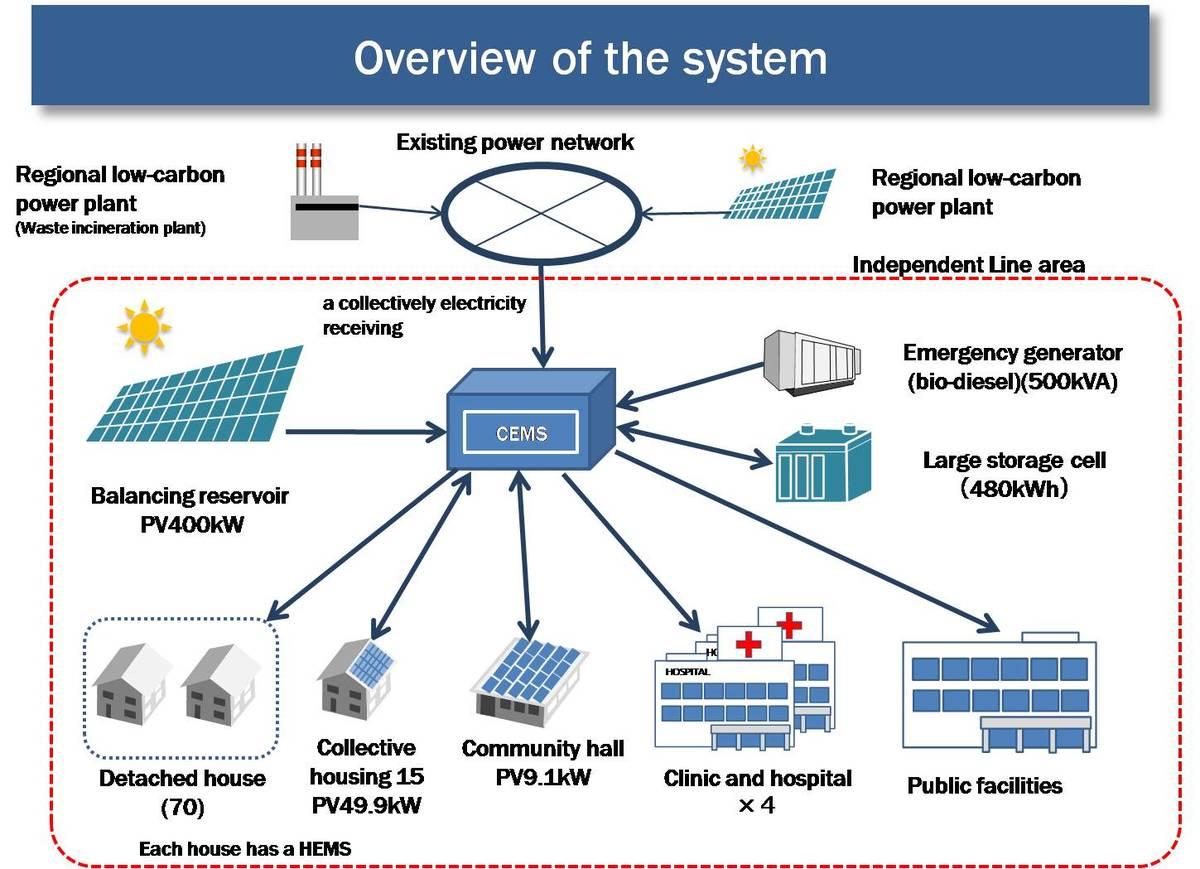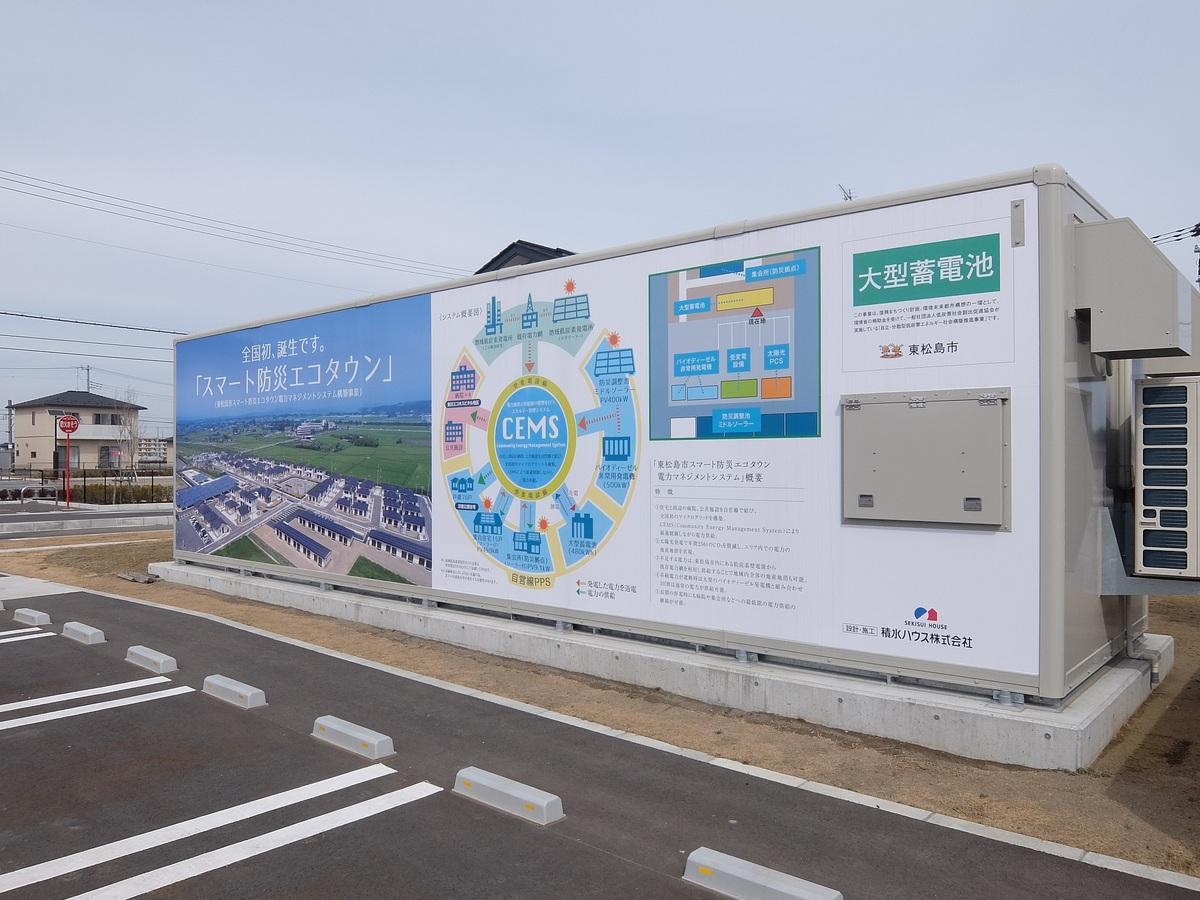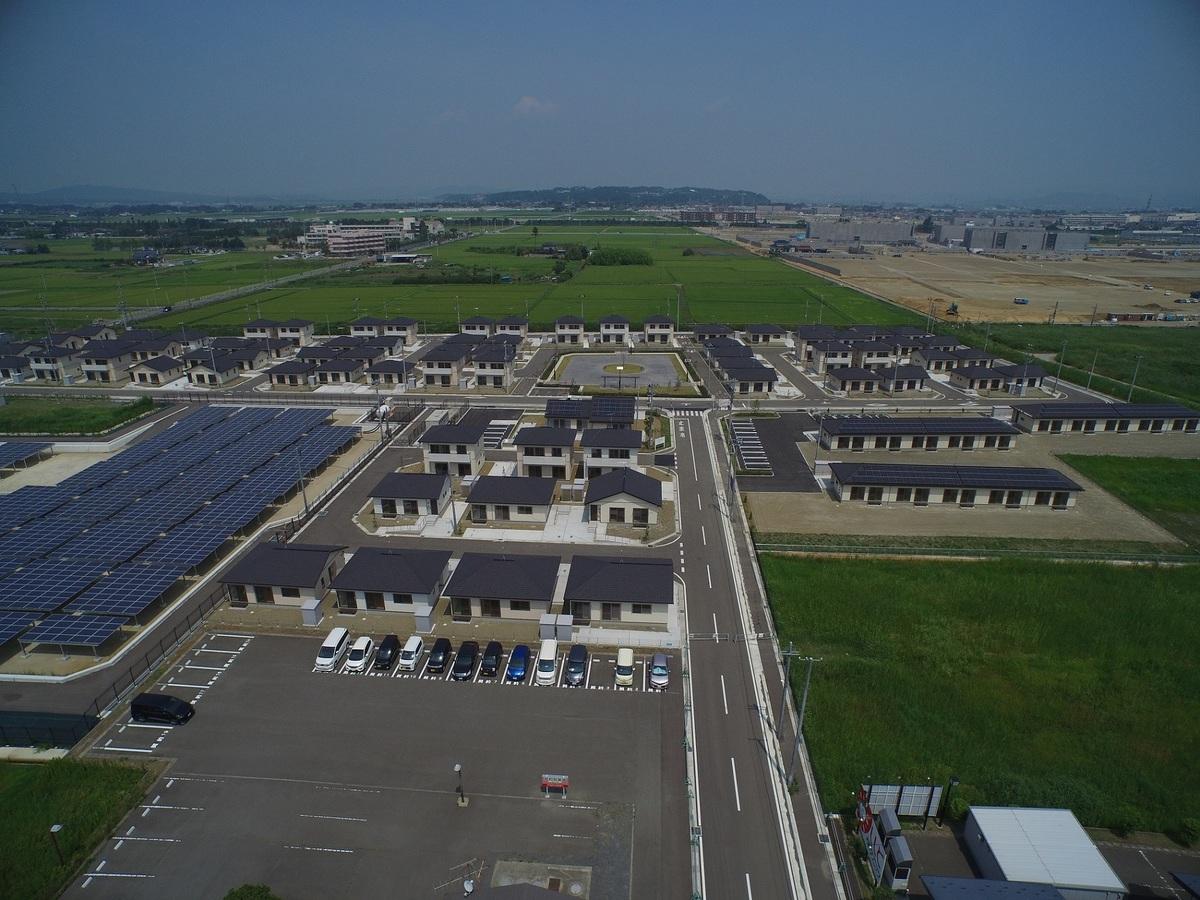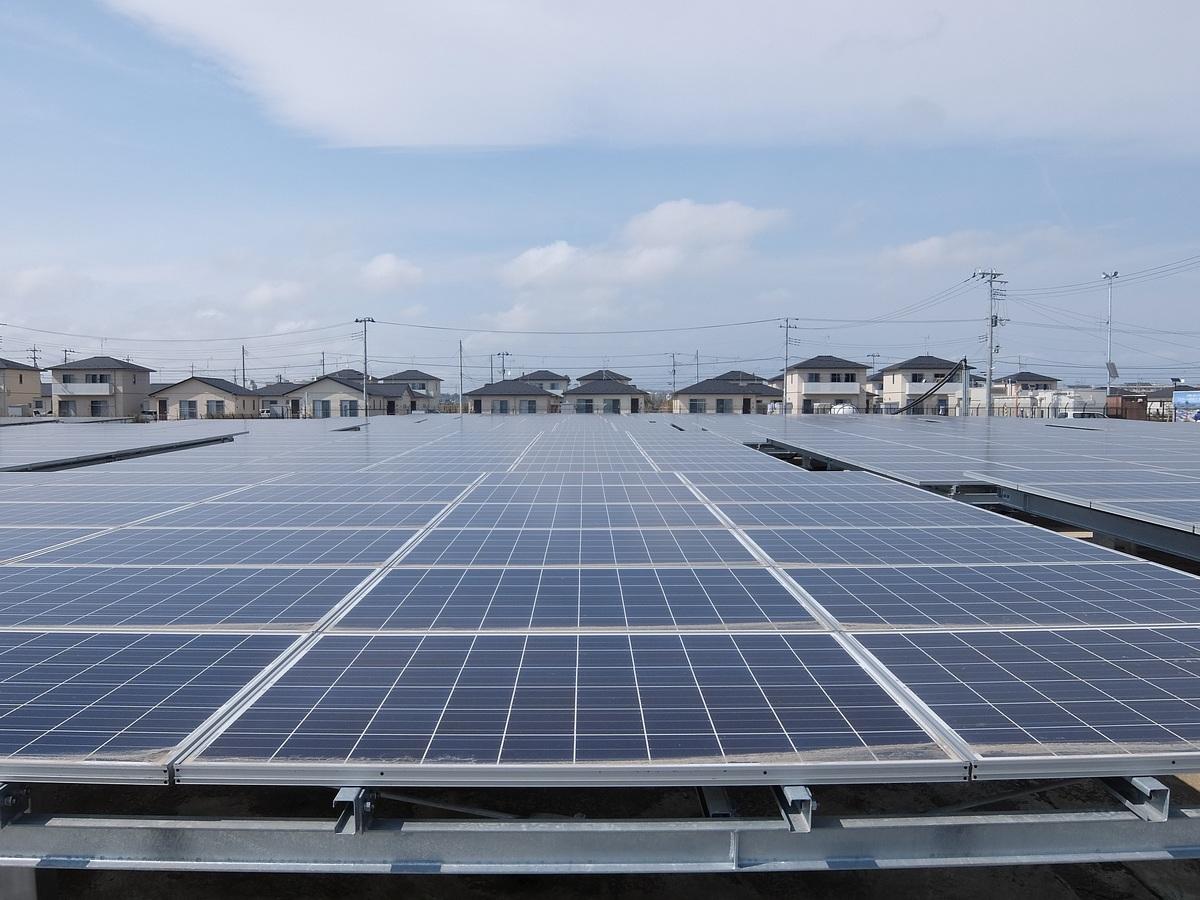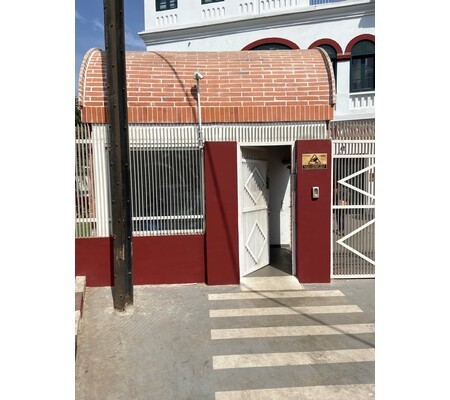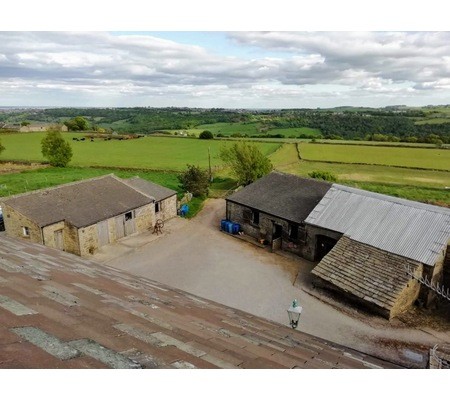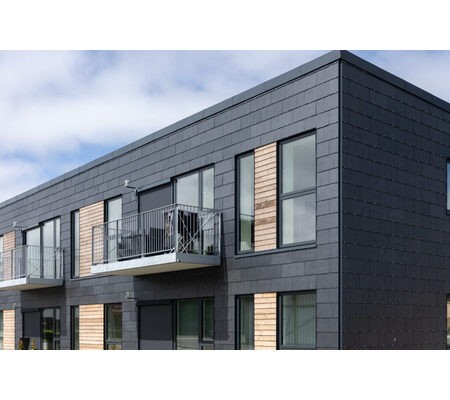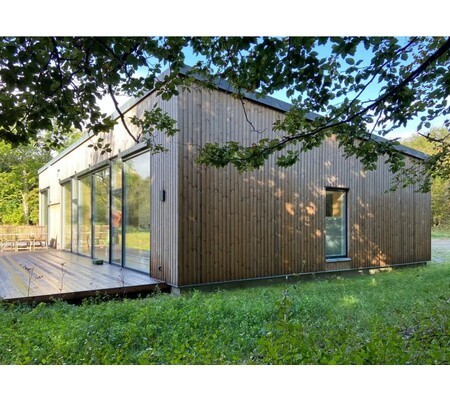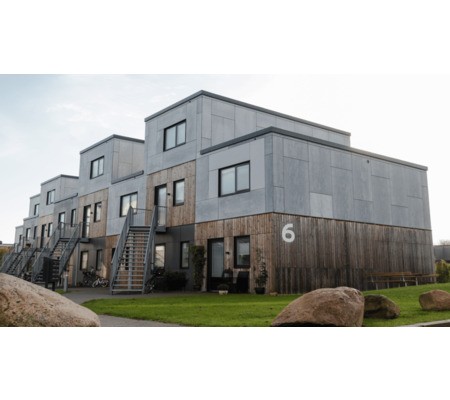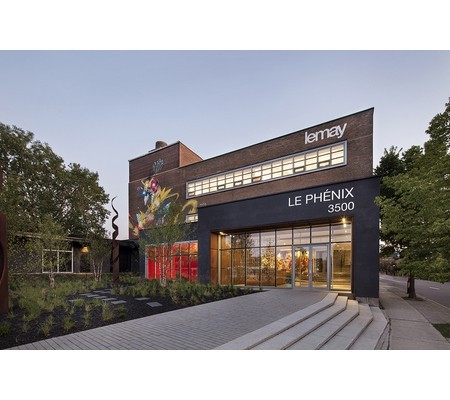Higashi-Matsushima City Disaster-Ready Smart Eco-Town
Last modified by the author on 15/05/2018 - 11:48
- Year of commitment : 2015
- Address 1 - street : 134 MINAMI, AKAI, HIGASHI-MATSUSHIMA CITY, MIYAGI PREFECTURE, Japan
- CO2 Impact : Reduced 307 tons of Carbon annualy
- Green energies : Energy storage, Photovoltaic solar, Cogeneration, Electricity
- Digital services : Smart metering, Cloud data solutions, Smart grid, Resilience
- Circular economy and waste management : Eco-Design
-
3 560 000 €
- Builder
Sekisui House - Manager / Dealer
Support of Ministry of Environment
The joint public-private project with Higashi-Matsushima city in Miyagi Prefecture constructed "Higashi Matsushima Disaster-Ready Smart Eco-Town". This included the creation of Japan's first micro grid, which facilitates the mutual exchange of energy across properties. Supplying electricity from photovoltaic systems in nearby facilities such as disaster-ready public housing and hospitals reduces CO2 emissions by 307 tons annually.
Large storage battery ensure three days of electric power in the event system power is cut due to a natural disaster or other accident. In August 2015, regional residents from temporary housing began moving in to the 85 disaster-ready public housing units (Yanagi no Me municipal housing). Since May 2016, the town-wide system has been in full operation.
Progress Status
Delivered
Data Reliability
3rd part certified
Funding Type
Public/Private Partnership
Infrastructure Video
Website Enterprise / Infrastructure
https://www.sekisuihouse.co.jp/sustainable/netzero/objective1_14/index.htmlhttps://www.channelnewsasia.com/news/video-on-demand/smart-cities/higashimatsushima--japan-8797294
Sustainable Development
Testimony / Feedback
Governance
Higashi-Matsushima City
Regional Authority
Sekisui House
Construction Industry
Support of Ministry of Environment
Public
HOPE, Higashi-Matsushima Organization for Progress and Economy, Education, Energy, was started through this project. HOPE connects government, community, local industry and private companies, and contacts with universities, laboratories and NPOs. It aims to support the rebuilding of the city of Higashi-Matsushima that was severely damaged by the tsunami in 2011.
One activity of HOPE is as a manager and distributer of locally generated electricity. HOPE sells and buys electricity within the local area and earns money through managing generators, the smart grid, etc. HOPE creates new employment in local area and helps re-construction of city and businesses by earning money.
See also; http://hm-hope.org/ecotown/ and http://hm-hope.org/denki/
Sustainable Solutions
- Smart city :
- Resources :
- Energy/climate :
- Citizen participation
- Security
- Business development
- Infrastructure
- Citizen-awareness
- Renewable energies
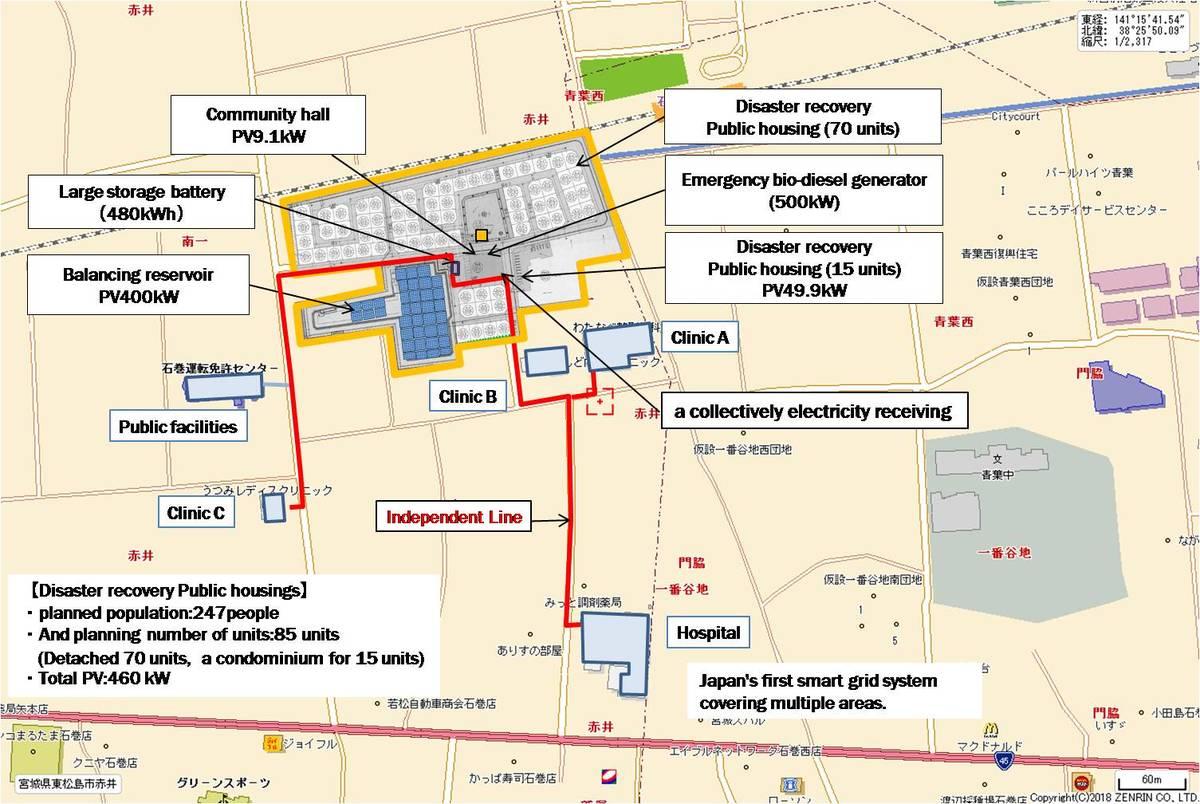
Higashi-Matsushima City Smart Disaster-Ready Eco-Town
The “Smart Disaster-Ready Eco-Town Project” was built in 2015 in the tsunami-affected area, consisting of 85 housing units, a community facility, four hospitals and public facility. This is the first example in Japan of a connected micro grid project that connects buildings to 460 kW of Photovoltaic solar panels, a 500 kVA of bio-diesel power generator, and 480 kWh of Storage cells. With this micro grid, residents and hospitals can consume renewable energy that is locally generated without using the Feed-in tariff. Also, large storage cells ensure three days of electric power in the event of a system power is cut due to a natural disaster or other event.
In addition, energy management is operated by the newly established organization HOPE (Higashi-Matsushima Organization for Progress and Economy). The aim of this organization is to earn money from locally generated electricity and create jobs and stable income for the residents around the tsunami-affected area.
This project, subsidized by the Ministry of the Environment, is an “independent and distributed low carbon energy society creation” initiative conducted by the Low Carbon Society Promotion Association.
307 000,00
Reasons for participating in the competition(s)
Resilience community from tsunami affected area that was happen in Tohoku area in 2013.Renewable energy and battery within this district enables 3 days independent of energy self-sufficient, which includes 85 housing units and a hospital.In addiction, this infrastructure reduced 307 tons of CO2 annually, that was measured from May 2016 to April 2017.Building candidate in the category

Users' Choice


